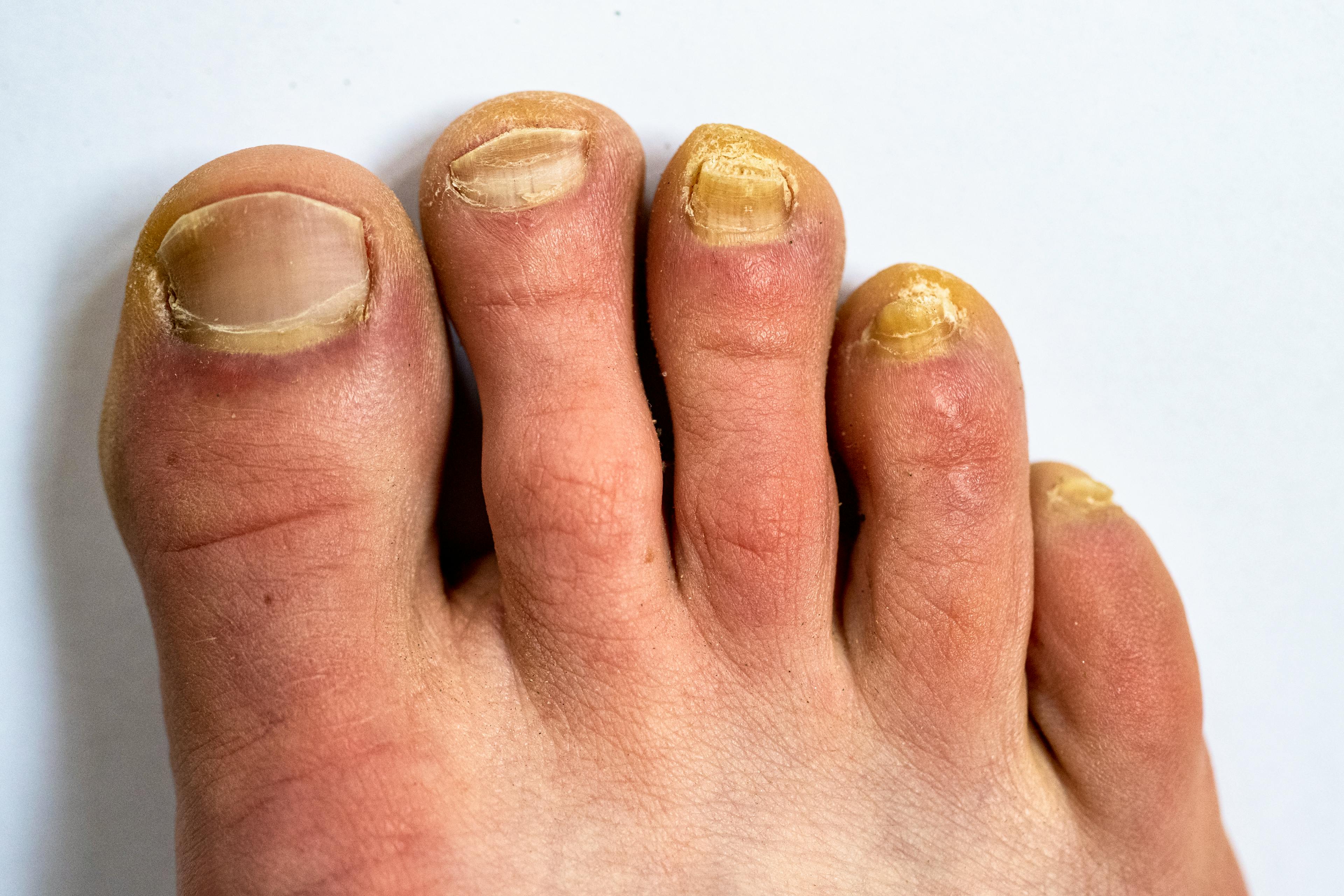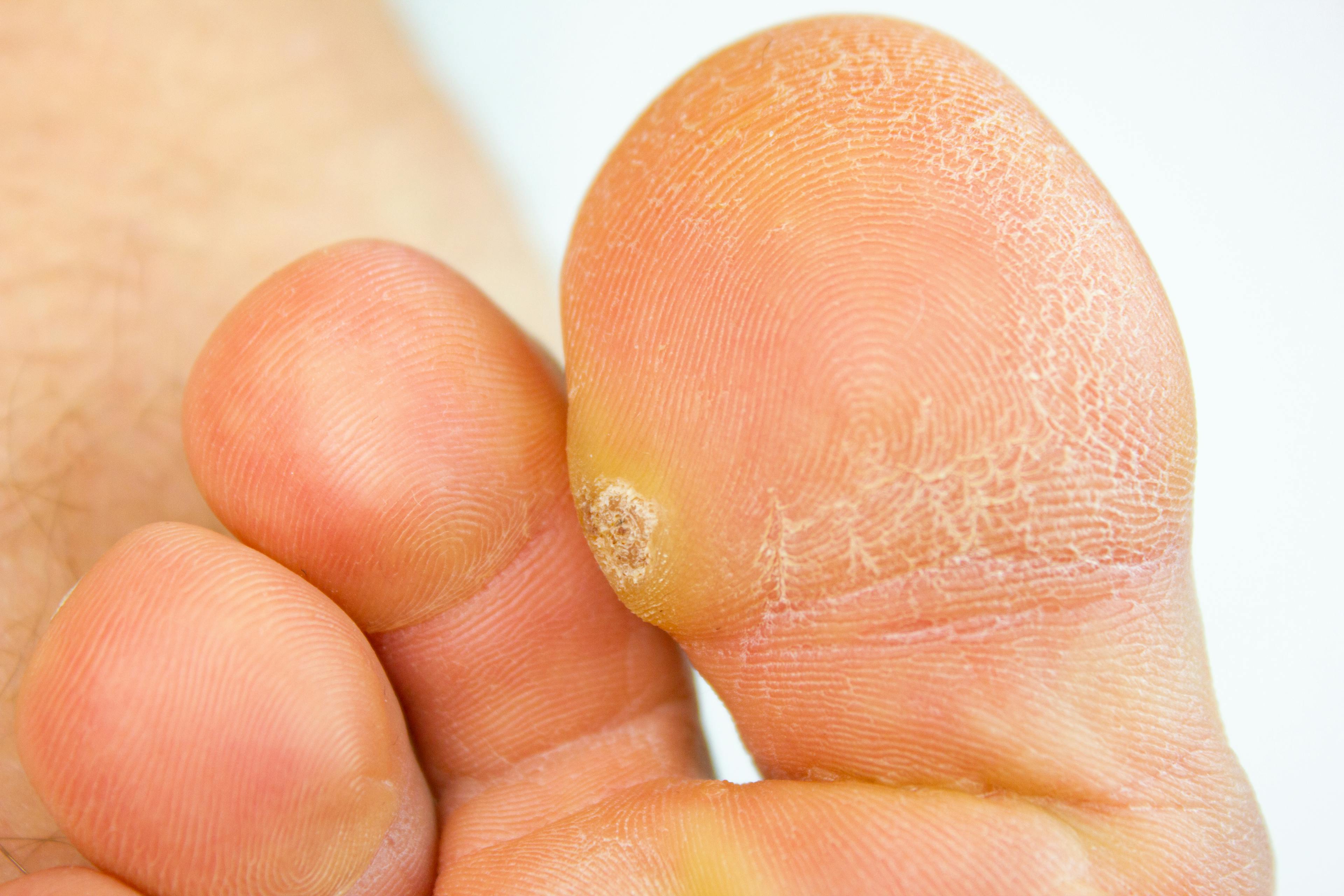Key Takeaways
Foot fungus is a contagious condition that often affects the skin between the toes or the toenails, leading to itching, cracking, discoloration, and thickened nails.
Treatment depends on the severity of the infection and may include topical or oral antifungal medications, in-office procedures, and personalized hygiene recommendations.
Preventive steps such as wearing breathable footwear, avoiding barefoot walking in shared spaces, and keeping feet clean and dry can help reduce the risk of future infections.
Foot fungus is a common condition that can cause discomfort, persistent symptoms, and cosmetic changes to the skin or nails. At CLS Health Podiatry, our specialists provide accurate diagnosis, personalized treatment, and preventive care for fungal infections of the feet and toes. Whether you're dealing with dry, itchy skin or stubborn toenail changes, our team is here to help you take steps toward healthier feet.
What Is Foot Fungus?
Foot fungus refers to infections caused by microscopic organisms that thrive in warm, damp environments. These infections often affect the skin between the toes (athlete’s foot), the toenails (onychomycosis), or both. Fungal infections are highly contagious and can spread through direct contact or by walking barefoot in communal spaces such as gyms, locker rooms, or pool areas.
Types of Foot Fungus
Athlete’s Foot (Tinea Pedis)
Athlete’s foot typically develops between the toes and may spread to the soles. It is characterized by:
- Itching, burning, or stinging sensations
- Red, peeling, or cracked skin
- Blisters or scaling, especially in moist areas
This condition is often linked to wearing sweaty shoes, poor ventilation, or walking barefoot in communal areas.
Toenail Fungus (Onychomycosis)
Toenail fungus affects the nail bed and structure, leading to:
- Yellow or brown discoloration
- Thickened, brittle, or crumbling nails
- Separation of the nail from the nail bed
This type of infection can be persistent and difficult to treat without medical guidance.
Fungal Infections Between the Toes
Also known as toe web infections, these occur in the spaces between the toes where moisture builds up. Symptoms may include:
- White, soft, or macerated skin
- Foul odor or itching
- Skin breakdown or peeling
Causes and Risk Factors
Fungal foot infections are often caused by:
- Exposure to damp environments
- Poor foot hygiene
- Wearing non-breathable or tight shoes
- Excessive sweating
- A weakened immune system or chronic conditions such as diabetes
Foot Fungus Treatment Options
Treating foot fungus may include a combination of over-the-counter or prescription approaches:
- Topical antifungal creams for mild to moderate infections
- Oral antifungal medications for more stubborn or nail-based infections
- Antifungal foot soaks or sprays for ongoing management
- Debridement or nail removal in advanced cases
- Preventive care and hygiene counseling to reduce recurrence
Our podiatrists will assess the severity of the infection and recommend a treatment plan tailored to your needs.
Home Remedies for Foot Fungus
While home remedies such as tea tree oil or Epsom salt soaks may offer temporary relief, they are not substitutes for medical treatment. Lifestyle adjustments can help prevent future infections, including:
- Wearing breathable shoes and moisture-wicking socks
- Washing and thoroughly drying feet daily
- Avoiding barefoot walking in public spaces
- Changing socks and shoes regularly
When to See a Podiatrist
Schedule an appointment if you notice:
- Persistent itching or peeling skin
- Changes in nail color or thickness
- Pain, swelling, or foul odor
- No improvement with over-the-counter treatments
Fungal infections can worsen over time and may lead to complications, especially in individuals with diabetes or poor circulation.
Get Lasting Relief from Foot Fungus at CLS Health
Podiatrists at CLS Health specialize in diagnosing and treating fungal foot conditions with personalized care. Whether it’s your first flare-up or a recurring issue, we’re here to help you heal, stay comfortable, and prevent future infections. Schedule an appointment today and take the first step toward healthier feet.



